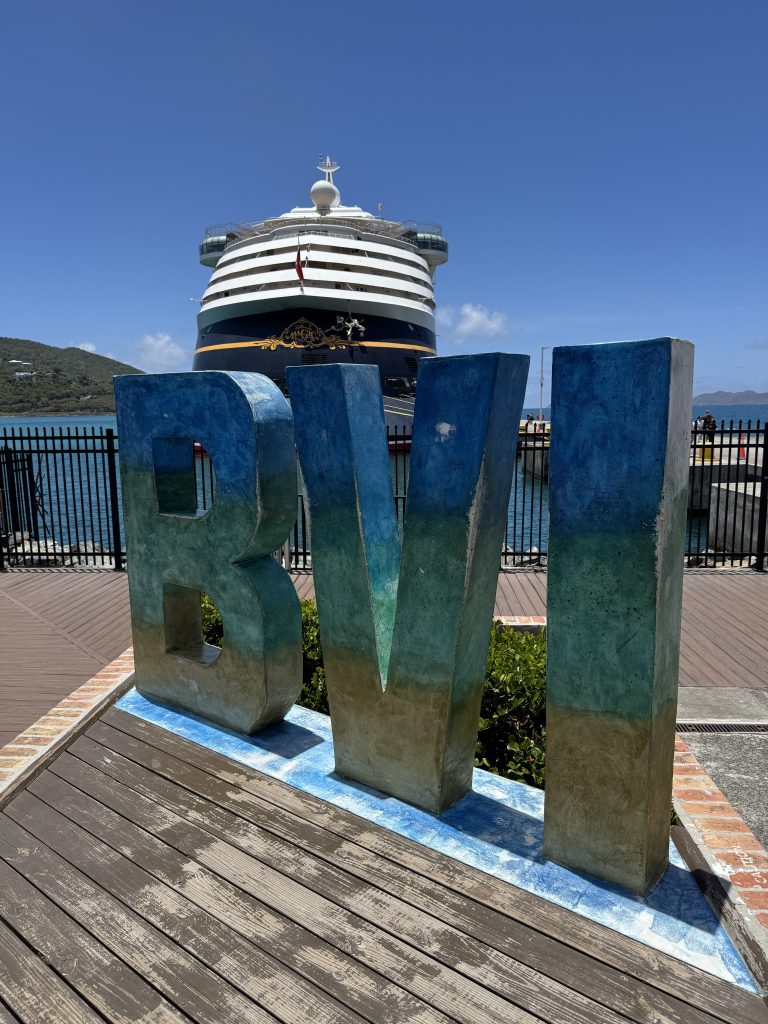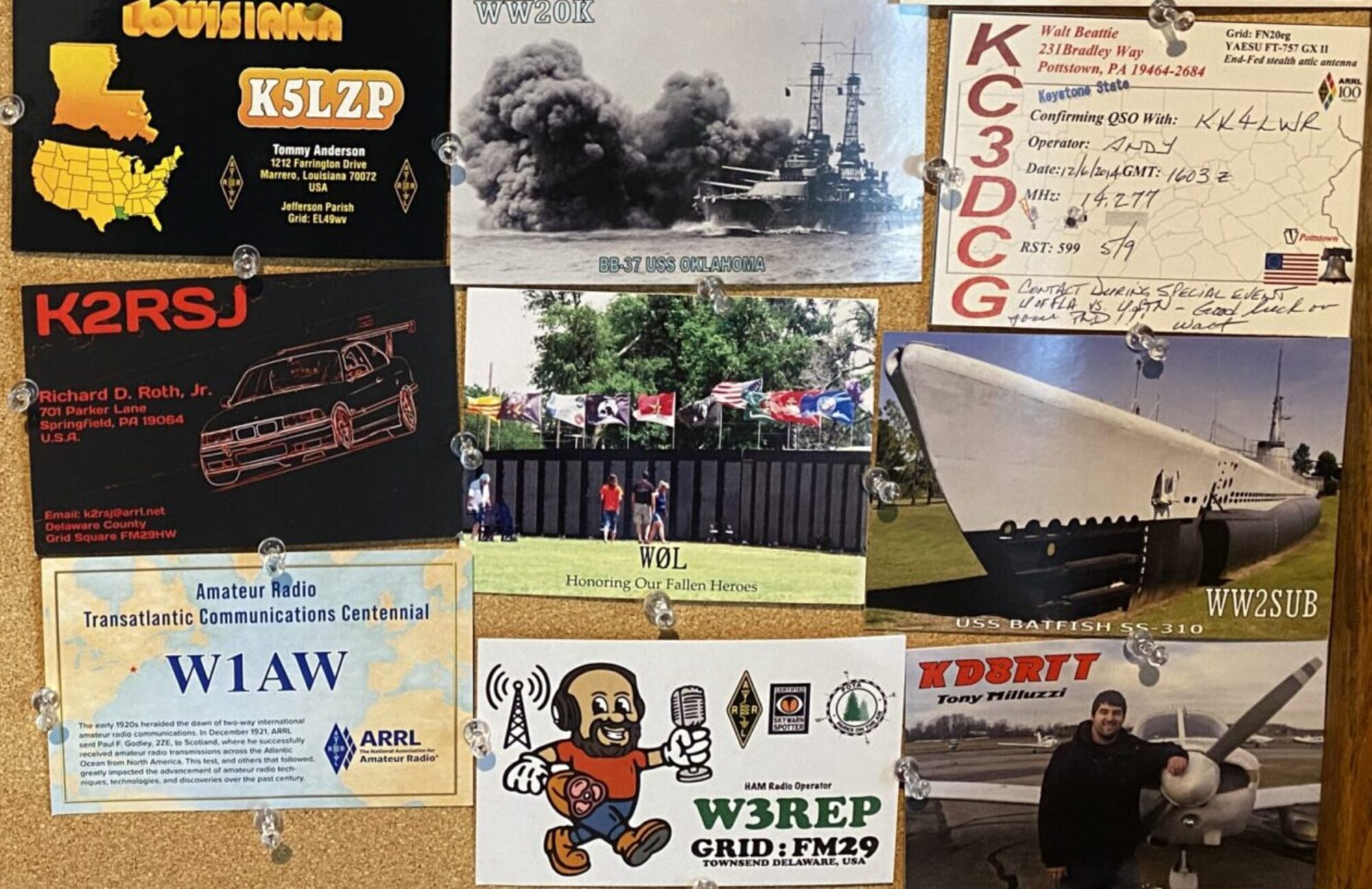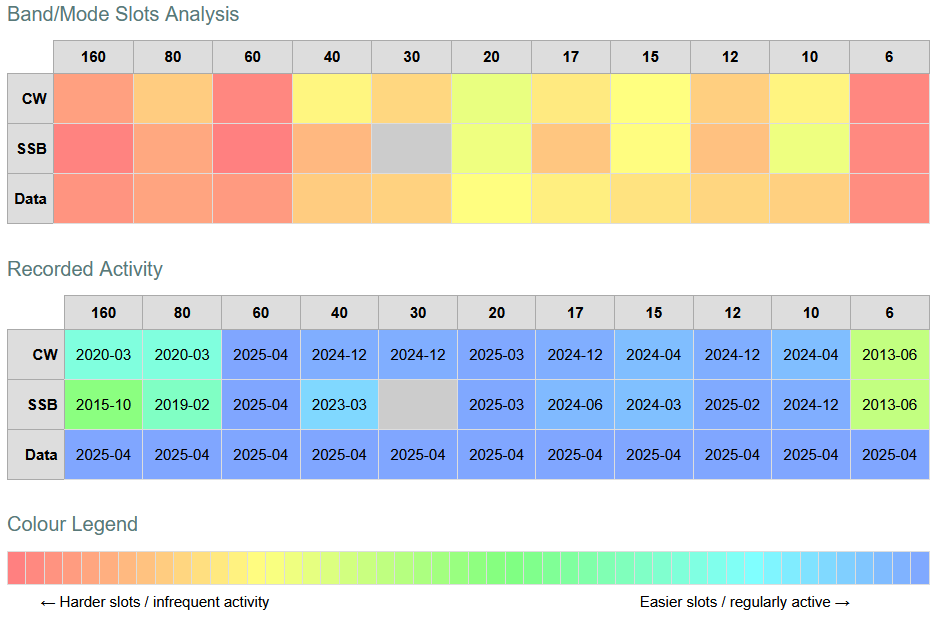
VP2V DXCC Analysis Globally
Next in the VP2V DXpedition series, let’s dig into the operational plan. After selecting Tortola, we need to figure out our operation. We land on Friday, August 8th in the afternoon and depart on Monday, August 11th in the afternoon. We want to maximize our time on the air and generate the most QSOs possible.
ClubLog offers the ability to analyze a DX entity for what bands and modes are in demand. It also tracks the last time it was activated. As the cover photo shows, there are some clear bands in demand. Tony and I are both confident about getting on the air on 6 meters. We both participate in VHF contests, so we feel good about 6 meters; we just need an antenna. The summer and high solar cycle noise on 160 makes the band difficult to use. It also poses an antenna challenge. 80 and 60 meters are more doable, but still remains a challenge.
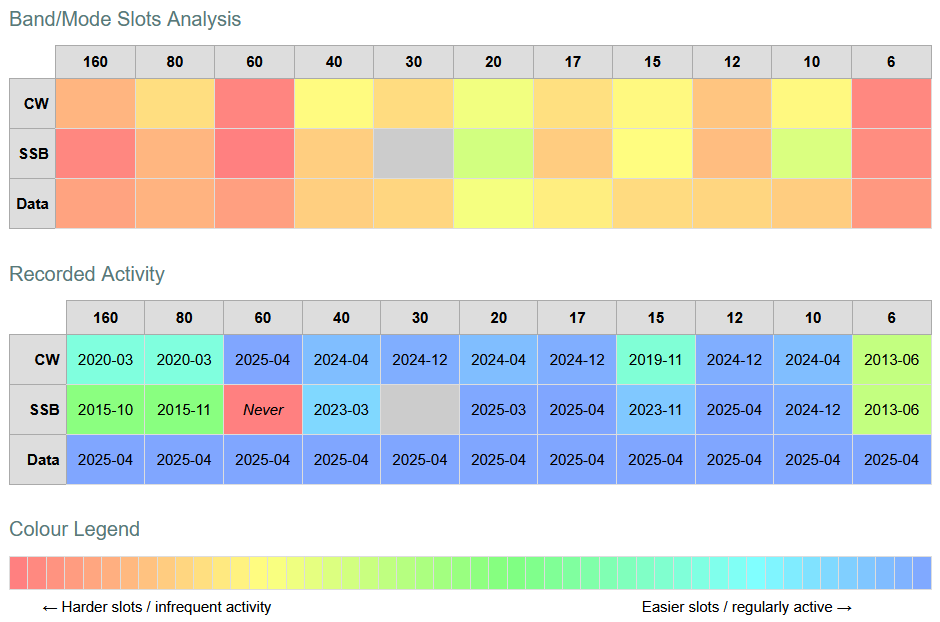
Bands 40 to 10 meters are easy for us. We have multiple antennas and can get on the air. Globally, in that range, the WARC bands (12, 17, and 30 meters), seem to be in more demand. 15 meters and 40 meters SSB are also, strangely, seems in demand.
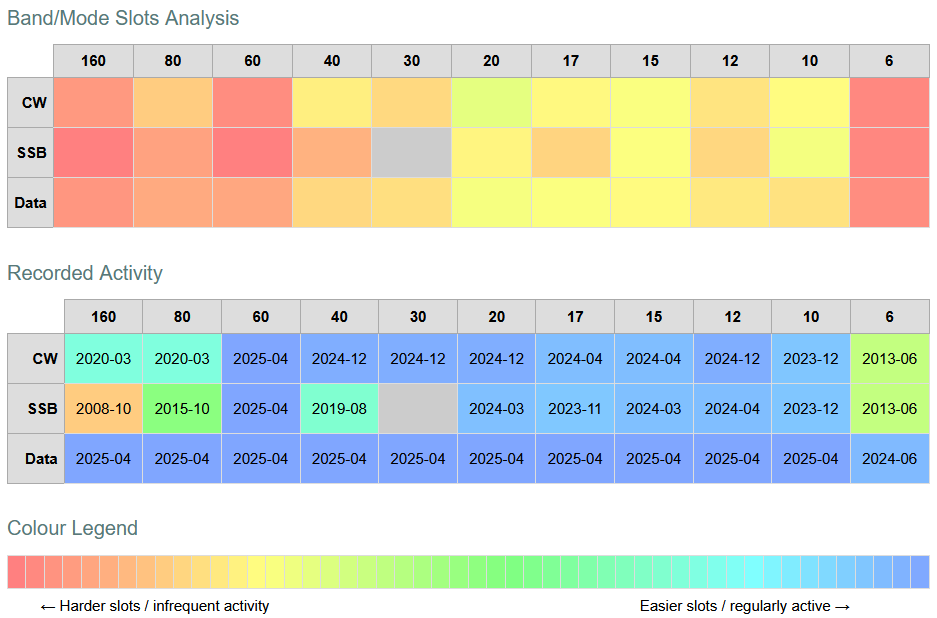
VP2V DXCC Analysis for Europe
As we move around the world, VP2V gets more in demand, especially in Asia. So this is looking like a good trip. We plan to follow propagation as it appears there is lots of needed bands.
I’ll end this post here for now as we could go on forever analyzing QSO history. In fact I’m on Tortola right while writing this post, so need to go visit the beach with my wife and daughter. Tune in next week to learn about our equipment.
